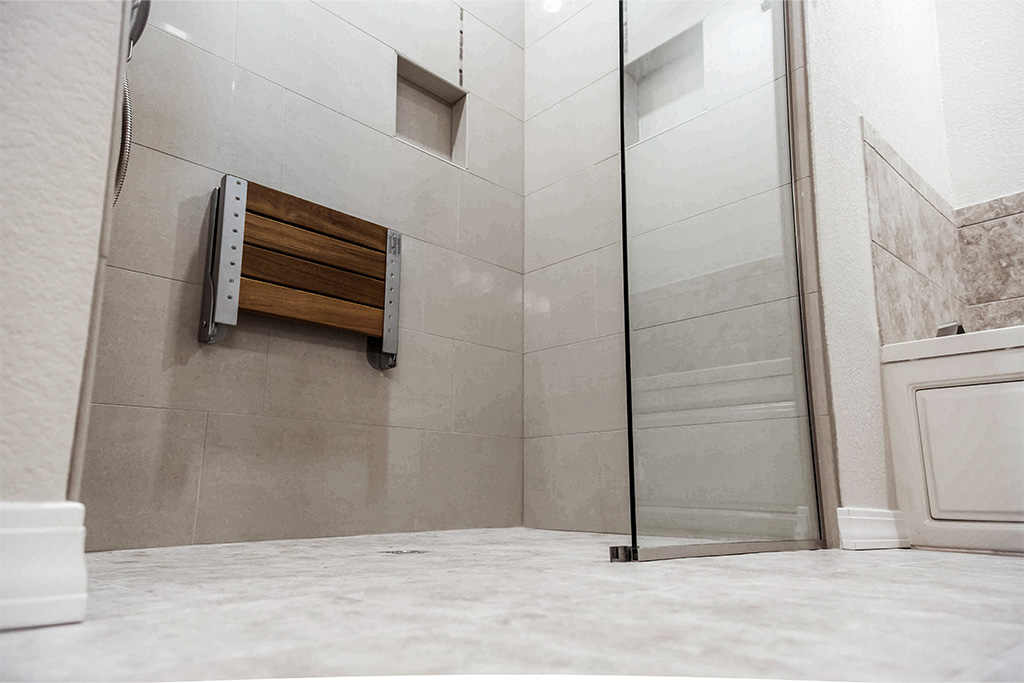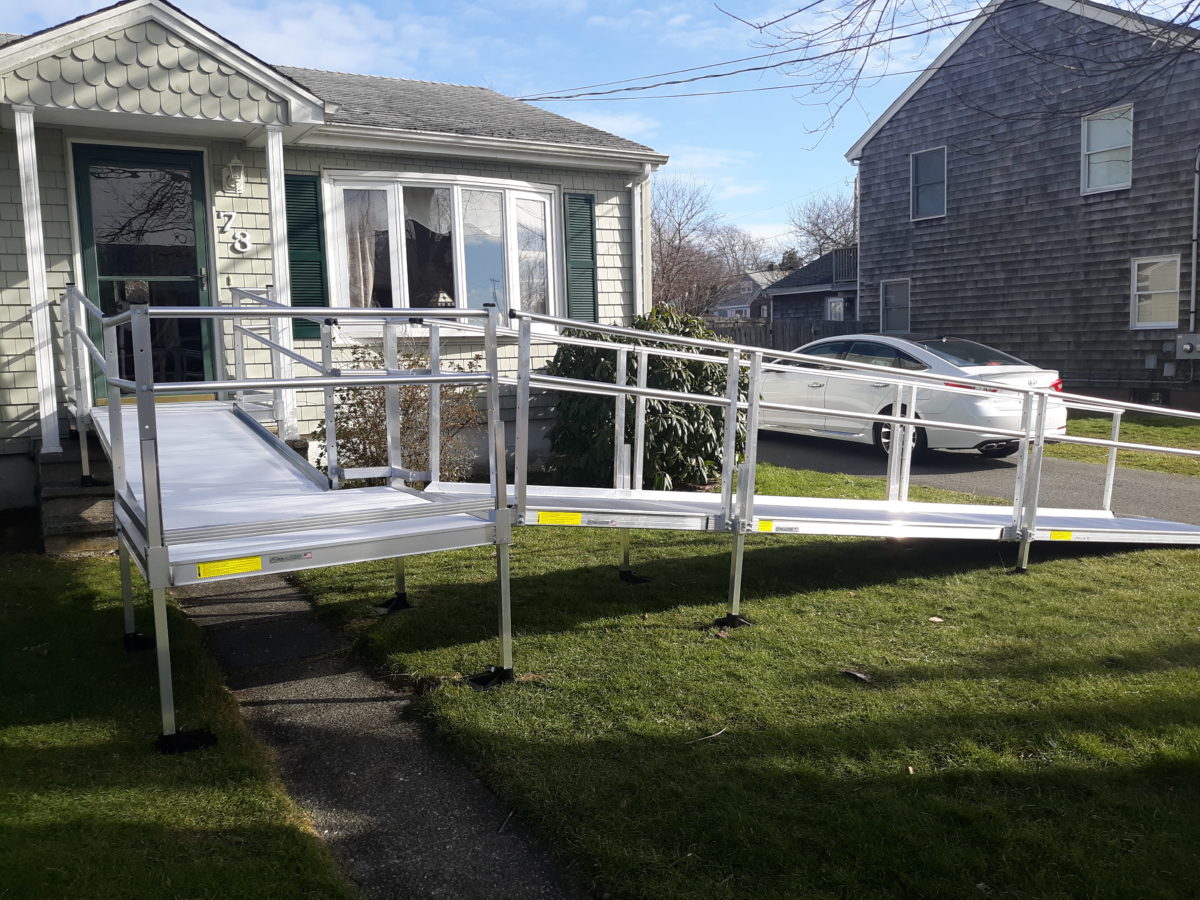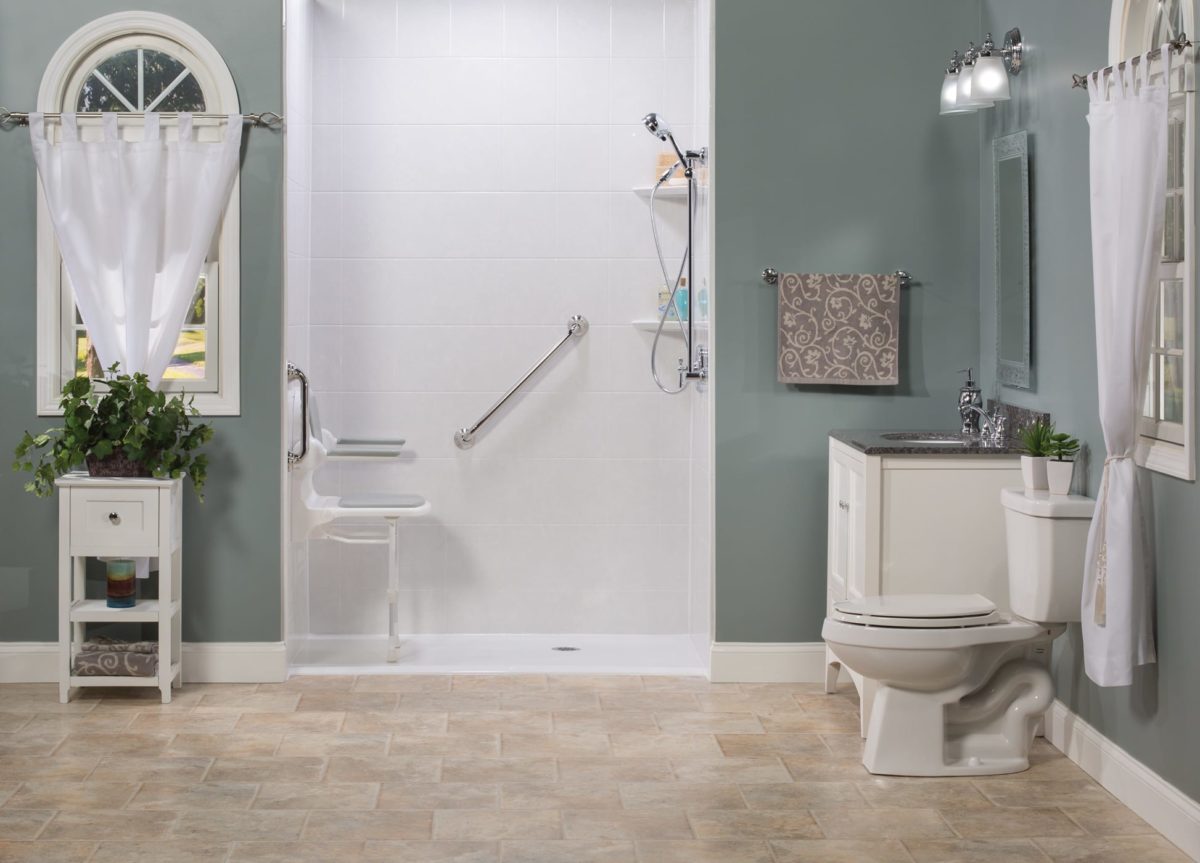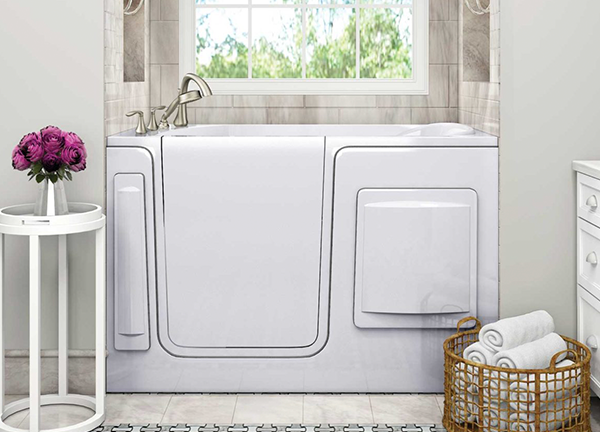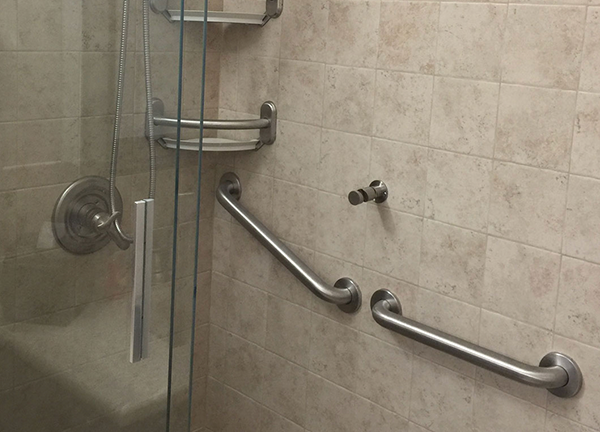Having a child with special needs can be rewarding but challenging. It is essential to make a home environment that is both comfortable and safe for your child. Many parents may not consider the importance of modifying their home to accommodate their child’s specific needs. However, making such modifications can make a significant difference in improving your child’s quality of life.
Some things to consider when modifying your home include:
- Accessibility: This is a crucial factor as it affects how easily your child can move around and access different areas of the house. Consider installing ramps, widening doorways, and adding handrails where necessary.
- Safety measures: Children with special needs may be more prone to accidents or injuries. Install safety gates, covers for sharp corners, and secure furniture to the walls to prevent accidents. Also, make sure that all electrical outlets are covered.
- Sensory environment: Some children may be sensitive to certain stimuli such as bright lights or loud noises. Create a calming and soothing sensory environment by using dimmers on lights, adding blackout curtains, and playing soft music in their room.
- Wheelchair accessibility: If your child uses a wheelchair, it is essential to have enough space for them to move around comfortably. Consider widening doorways, removing obstacles, and installing grab bars in the bathroom.
- Communication aids: For children with communication difficulties, it is crucial to have communication aids readily available throughout the house. This can include picture boards, sign language charts, or electronic devices.
- Organizational systems: Children with special needs may benefit from having a more structured and organized environment. Consider using labels or color-coding for toys, clothes, and other items to help your child easily find and access things they need.
- Sensory-friendly activities: It is essential to have fun and engaging activities that cater to your child’s specific sensory needs. This can include sensory bins, tactile play, and visual stimulation activities.
- Inclusion of your child: Lastly, involve your child in the process of modifying their home. Ask for their input and preferences when making changes. This will not only help them feel included and valued but also ensure that the modifications are tailored to their specific needs.
Accessibility Modifications
The first and most important step you should take is to ensure that your home is accessible to your child. Depending on your child’s disability, you may need to add wheelchair ramps, stairlifts, or handrails. You may also need to widen doorways to accommodate wheelchairs or walkers. Proper accessibility modifications will not only make your home more comfortable for your child, but it will also make it safer.
Sensory Modifications
Children with special needs often have sensory processing issues. Therefore, it is essential to create a calming environment that can help your child’s sensory needs. You can make modifications such as adding blackout curtains to reduce light sensitivity, installing noise-canceling panels, creating designated quiet areas, and adding weighted blankets to provide deep pressure.
Bathroom Modifications
Bathrooms can be one of the most challenging areas of the home for children with special needs. Installing grab bars, benches, and non-slip mats will make the bathroom safer for your child. If your child uses a wheelchair, you can consider lowering the sink and installing a roll-in shower. A toilet seat can also be installed that is higher or lower than the average toilet seat according to your child’s requirements.
Bedroom Modifications
For children who use a wheelchair, it is essential to ensure that their bedroom is spacious enough to accommodate their equipment and mobility. Necessary modifications include installing a floor lift system or ceiling lift system to move your child from the wheelchair to the bed safely. It is also essential to have enough storage space to keep equipment and supplies.
Kitchen Modifications
The kitchen is an essential part of the home, often filled with potential hazards. Kitchen modifications include installing an induction cooktop that won’t heat up even if touched while in use, lowering the countertop to accommodate sitting or a wheelchair, and adding a pull-out pantry that is easily accessible. It is also crucial to have safety gates installed to prevent access to the kitchen when unsupervised.
Playroom Modifications
Having a designated play area for your child can help them engage in appropriate and enjoyable activities. Consider installing sensory equipment like swings, slides, and trampolines to cater to your child’s specific needs. You can also use foam padding on floors and walls to prevent injuries. It is also crucial to have ample storage space for toys and other play equipment.
Home Modifications for Children with Special Needs
Modifying your home to accommodate your child’s needs is crucial to providing a safe and comfortable environment. You must consult with an occupational therapist to determine the best modifications for your child’s specific needs. Although modifications may require a significant investment, they are a worthy investment in your child’s well-being. Remember, making these modifications could help your child feel more independent, achieve their goals, and improve their overall quality of life.

